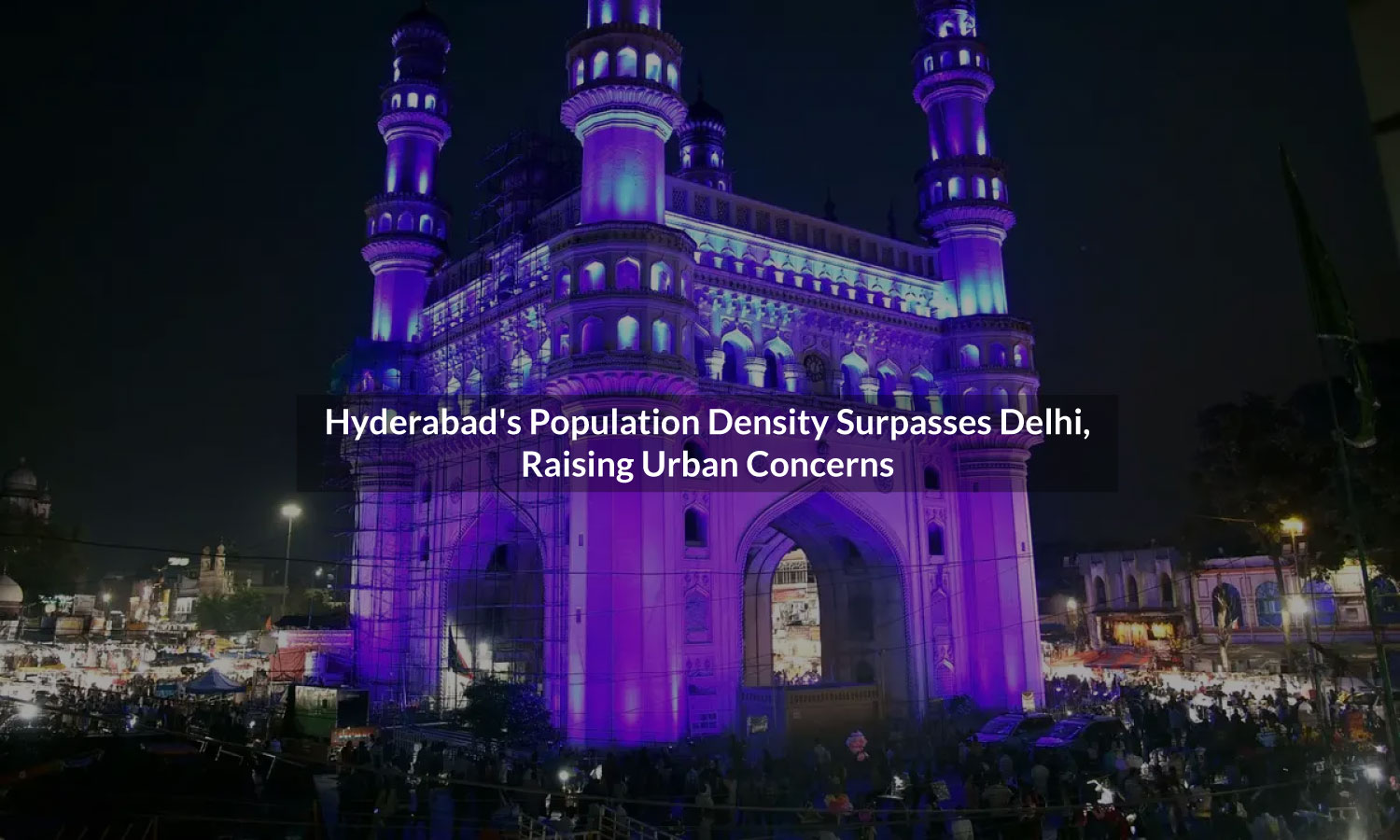HYDERABAD: Hyderabad’s population density has surged past Delhi’s, according to the Telangana Statistical Abstract (ATLAS) 2024. The city now accommodates 18,161 individuals per square kilometre, significantly higher than Delhi’s 11,313 per square kilometre. Rapid urbanisation has intensified concerns over infrastructure, housing, and public services.
Mumbai remains India’s most densely populated city, with 28,508 individuals per square kilometre. In contrast, Telangana’s overall population density is much lower at 312 individuals per square kilometre. The state is also experiencing a population decline, a stark contrast to Bihar and West Bengal, where population growth remains high.
Demographic Shifts and Future Implications
Hyderabad’s demographics are shifting. The proportion of people aged 40 and above is increasing, while the younger population is shrinking. This change results from lower birth rates due to effective population control measures. By 2031, the number of residents over 40 will rise sharply, while those aged 80 and above could increase by 80%.
These shifts will have significant social, economic, and political effects. Experts urge city planners to adapt by ensuring better healthcare, housing, and financial security for older residents. Proactive urban planning is crucial to meet Hyderabad’s evolving needs and sustain its growth.

